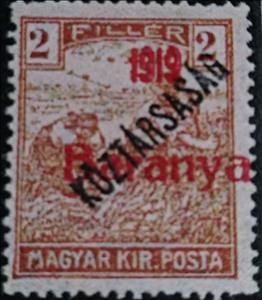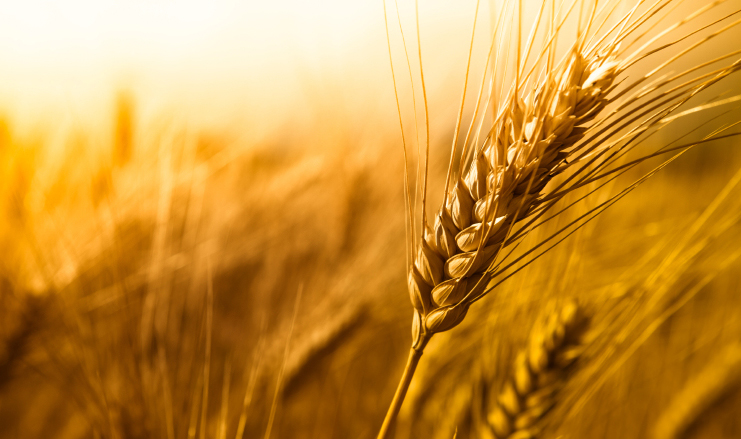Stamp: Red overprint: '1919 Baranya' (Hungary, Serbian Occupation of Baranya 1919)
Red overprint: '1919 Baranya' (Hungary, Serbian Occupation of Baranya 1919)
05 May (Hungary, Serbian Occupation of Baranya ) within release Red overprint: '1919 Baranya' goes into circulation Stamp Red overprint: '1919 Baranya' face value 2 Hungarian fillér
| Stamp Red overprint: '1919 Baranya' in catalogues | |
|---|---|
| Michel: | Mi: HU-BAR V |
| Philatelia Hungarica Catalog: | PHu: HU-BAR IV |
Stamp is vertical format.
Overprint on Mi: HU 223Also in the issue Red overprint: '1919 Baranya':
- Stamp - Red overprint: '1919 Baranya' face value 2;
- Stamp - Red overprint: '1919 Baranya' face value 60;
- Stamp - Red overprint: '1919 Baranya' face value 2;
- Stamp - Red overprint: '1919 Baranya' face value 20;
- Stamp - Red overprint: '1919 Baranya' face value 50;
Stamp Red overprint: '1919 Baranya' it reflects the thematic directions:
Agriculture is the cultivation and breeding of animals, plants and fungi for food, fiber, biofuel, medicinal plants and other products used to sustain and enhance human life.[1] Agriculture was the key development in the rise of sedentary human civilization, whereby farming of domesticated species created food surpluses that nurtured the development of civilization. The study of agriculture is known as agricultural science. The history of agriculture dates back thousands of years, and its development has been driven and defined by greatly different climates, cultures, and technologies. Industrial agriculture based on large-scale monoculture farming has become the dominant agricultural methodology.
A crop is a plant that can be grown and harvested extensively for profit or subsistence. In other words, crop is a plant or plant product that is grown for a specific purpose such as food, fibre or fuel.
When plants of the same species are cultivated in rows or other systematic arrangements, it is called crop field or crop cultivation.
Headgear may be worn for protection against cold (such as the Canadian tuque), heat, rain and other precipitation, glare, sunburn, sunstroke, dust, contaminants, etc. Helmets are worn for protection in battle or against impact, for instance when riding bicycles or motor vehicles. There are also hats that are worn for protection from the cold



